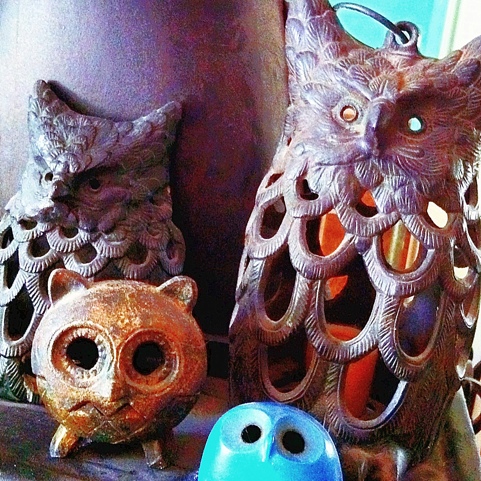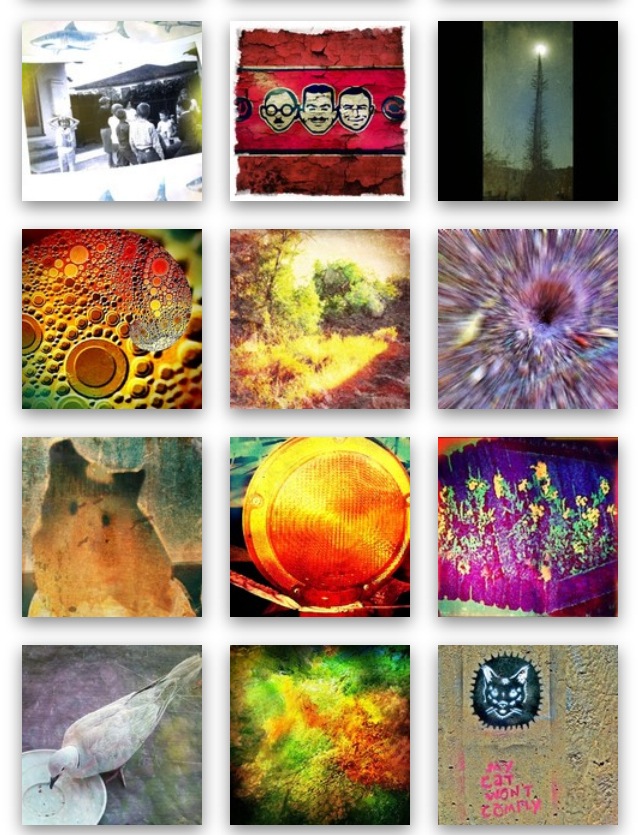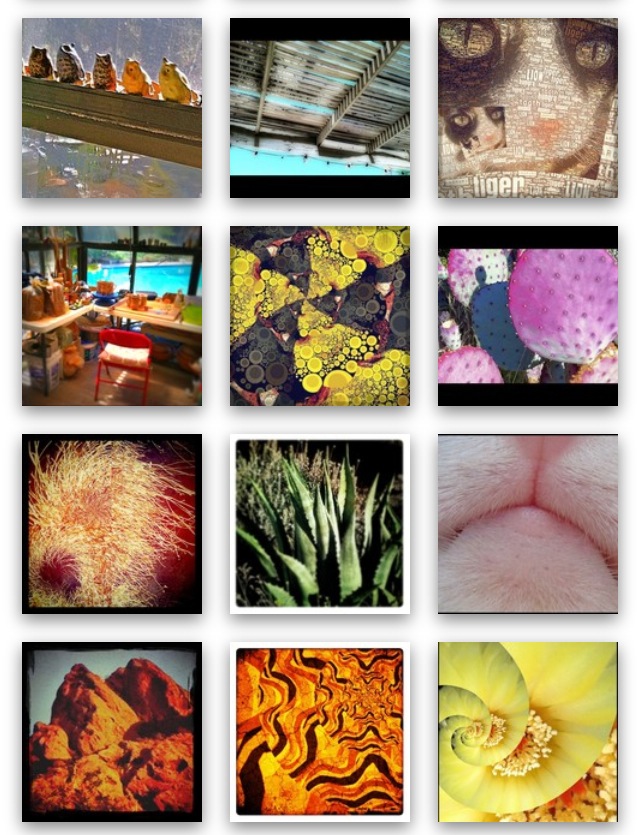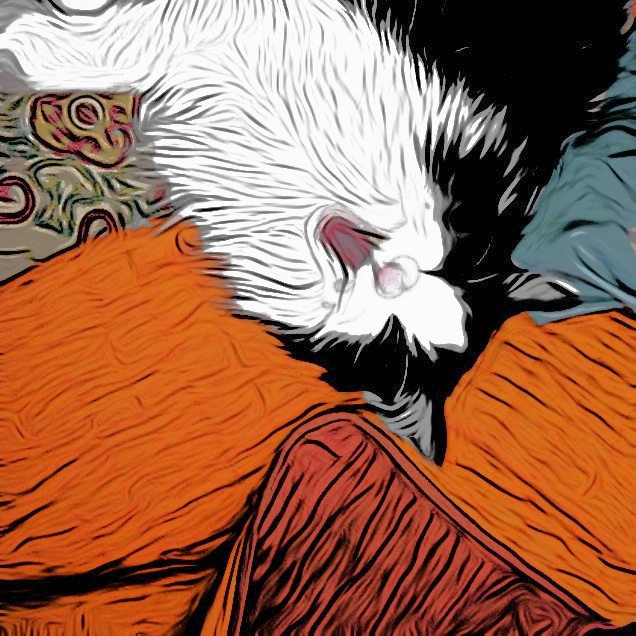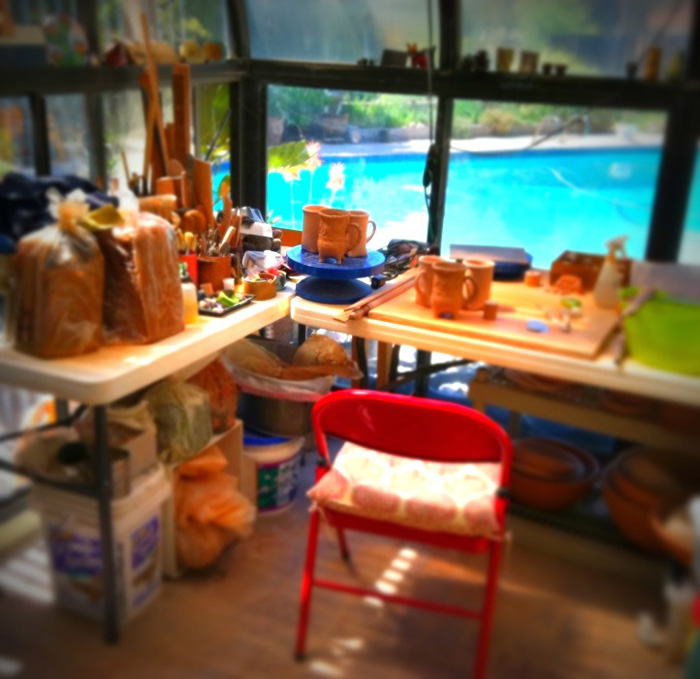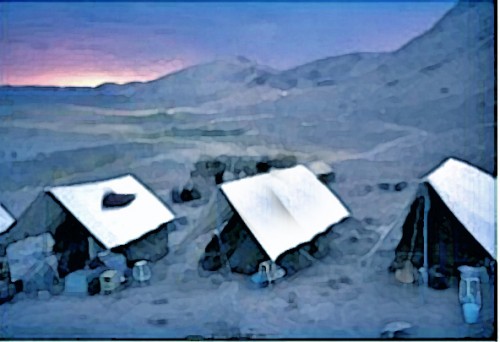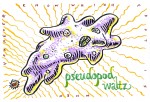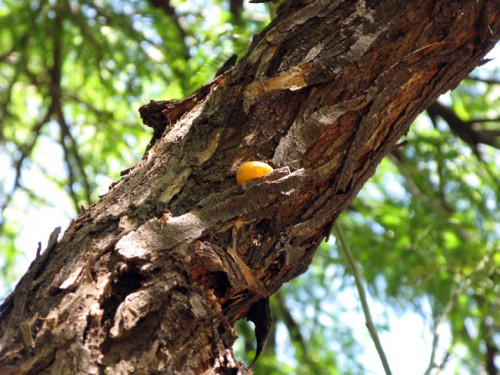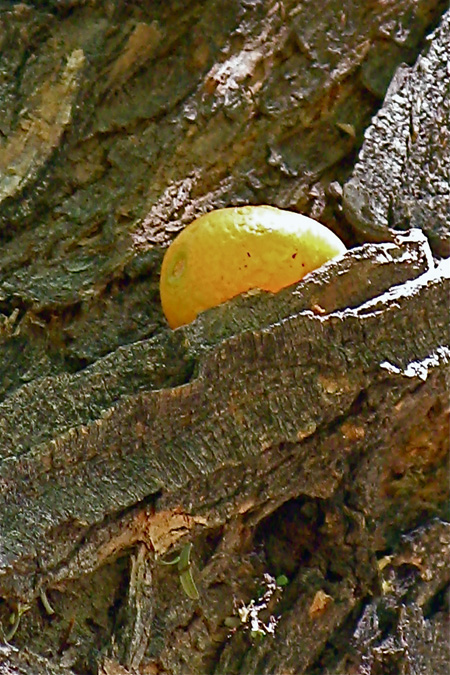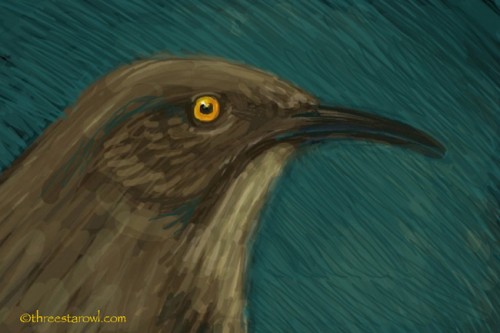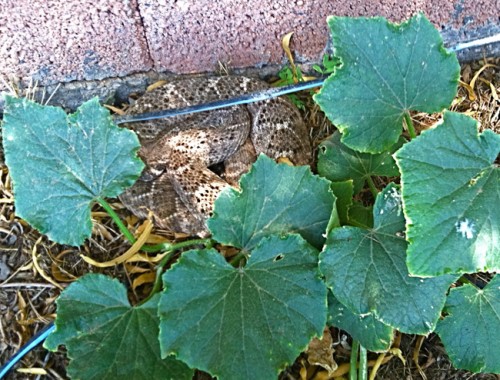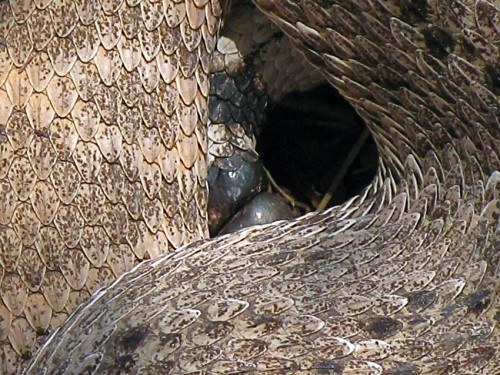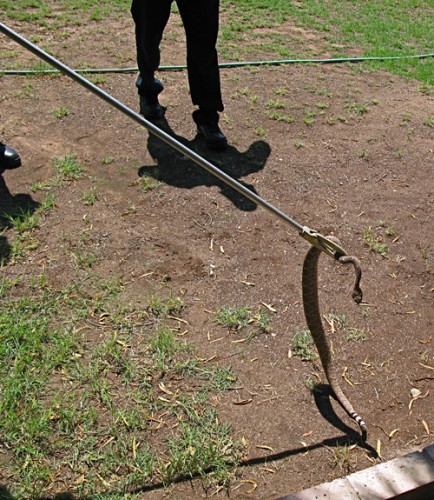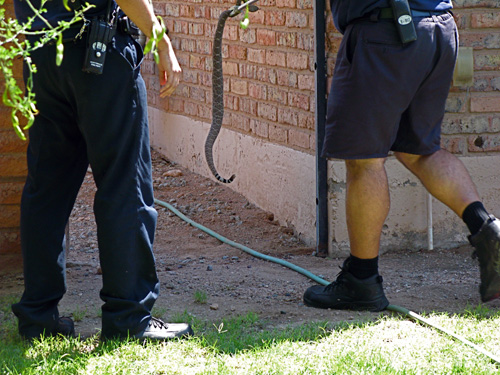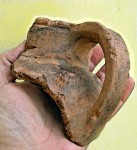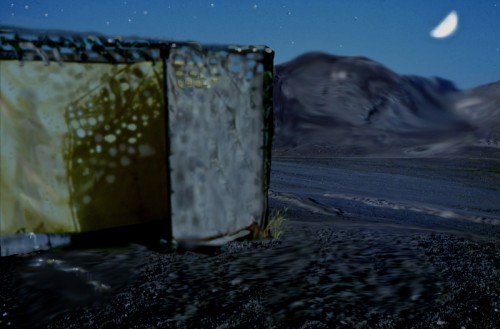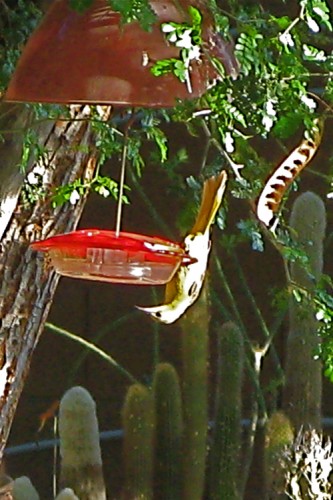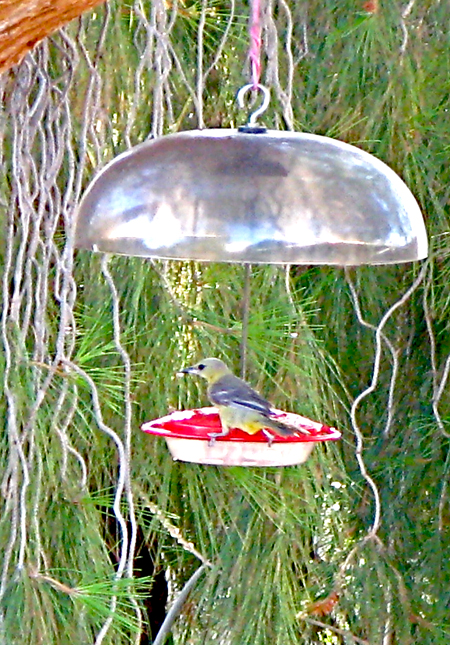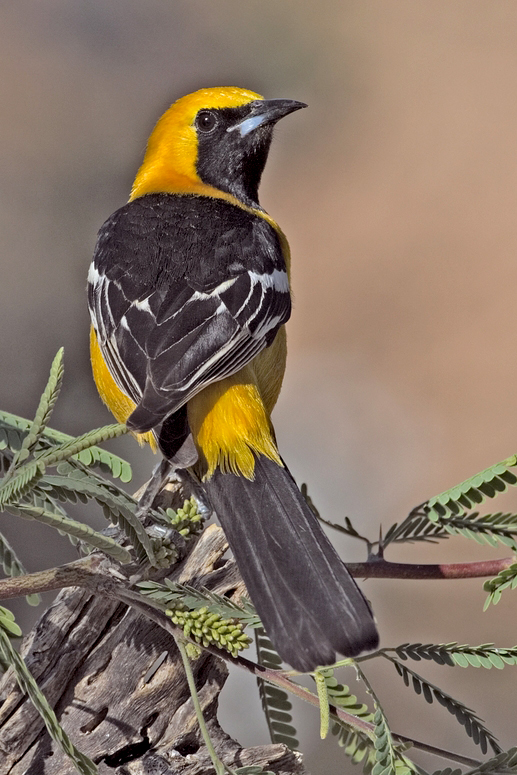What Happened at Beit Bat Ya’anah: part 9
This is the ninth installment of a series. There’s a link at the bottom of the page to the next installment. Or, to read from the very beginning, click here.
Previously:
Professor Einer Wayfarer wouldn’t be needing a ride back to Beer-Sheva right away: she’d found her “artifact with an accent” after all.
The Trenches
Once again, Einer Wayfarer stood on the top of the breezy ridge looking down on the gridded balks of Beit Bat Ya’anah with Wilson A. Rankle. This time, however, the director’s combover was safely encased in his hat and Wayfarer, instead of plotting a swift retreat, was planning the next few days, the about-face brought on by finally comprehending what – or, rather whom – Avsa Szeringka wanted her to see. She indicated one square of the grid below, an outlier, dug into the edge of the ridge, facing west and the mouth of the wadi.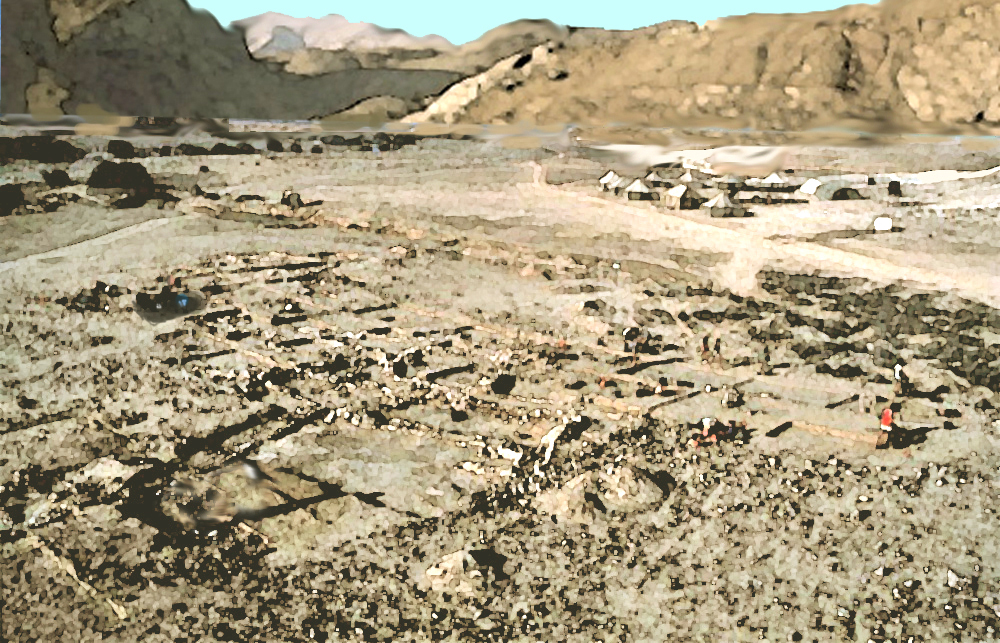
“All right,” Rankle said, “but you know they’re only sinking a survey down through a midden? Outside a poorly preserved Iron Age house wall? Pretty tedious stuff. That’s where your little amphora handle came from.”
Wayfarer knew that, of course; it was one of the reasons she had elected to help in Area D. That, and who she saw down in the square. But she only said, “As a neophyte, excavating a trash pit sounds appropriate.” How much trouble could one get into excavating garbage? Also, she thought it would be interesting to observe what people rejected as undesirable.
Rankle grunted. “Up to you. Rory Zohn’s the Area Supervisor. He knows what he’s doing, at least; he’ll show you.”
“The big one. With the Ashurnasirpal beard?”
The dig director nodded, and moved off. “The only one doing any real work.”
This was only partly true. As she stumped down to Area D in her thick-soled, practical shoes with the morning sun already beastly on her shoulders, Wayfarer could see three people in the 5 meter square pit. One was the earnest undergrad Eric, on his knees, band-aids stuck to his wasp-stung neck, intently leveling a one meter-square patch of dirt with a trowel. Eric was dwarfed by big Rory Zohn, his tee shirt soaked with sweat, sweat darkening his boonie hat above forehead and ears, pale dirt coating the sweaty hairs on his sturdy forearms. Rory was taking careful measurements between obscure features in the soil of this precise square within a square, trying to manage the tape measure, refer to a hinged card printed with color swatches, and record numbers on a loose scrap of paper on his knee, all at the same time. He dropped the card, swore, and let it lie there. With no clipboard, the paper kept flapping, eluding his pencil, and Wayfarer could hear him swearing repeatedly and with gusto under his breath each time the paper blew up off his leg.
The third person was seated on a small metal gear box, leaning against the shady south balk, with a drawing board on his knees. A broad straw hat with a low beehive crown was pulled down over his face, his limbs were sheathed in long sleeves and trousers; the only bits of skin visible were relaxed fingers no longer holding a pencil — which had rolled onto the gridded plan clipped to the board and which was in danger of going over the edge — and brown toes encased in the unhip footgear Wayferer’s running shoe- or Birkenstock-shod students would snigger at as “euroboy sandals”. As she arrived at the bottom of the ladder, the pencil did roll off into the dirt, but the sleeper didn’t notice.
Rory did. “Dammit, Dario, wake the hell up,” he barked. Getting no response he chucked a pebble. The sleeper didn’t notice that, either. Rory griped, “I’ve been calling out numbers for half and hour… He probably didn’t get any of them…”
“Give me the paper,” said Wayfarer. “Read out your numbers and I’ll write them.” She studied the sleeping figure and on the basis of footgear alone, she was certain that he was last night’s nocturnal wildlife. “The missing Dario?” she asked.
“Yep; accounted for, but not truly present.” Rory said, handing her the paper, and beginning the backlog aloud. “Data point A13: twelve-point-five centimeters; soil color change. 5Y 9stroke2.” This last was off the card with the colored squares. “Or,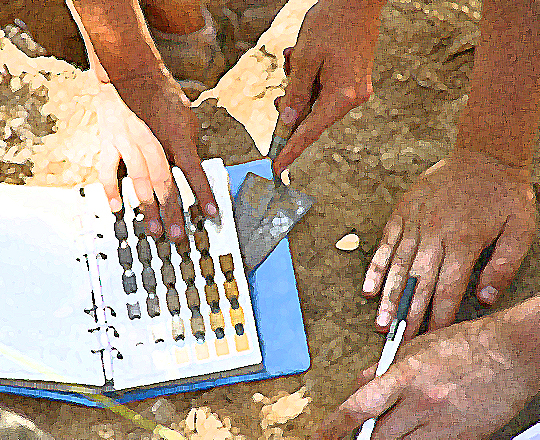 no, hell; maybe 8/2? — it’s dried since we exposed it. He should be doing this; he’s got way more aptitude for that Munsell card crap than I do.”
no, hell; maybe 8/2? — it’s dried since we exposed it. He should be doing this; he’s got way more aptitude for that Munsell card crap than I do.”
Wayfarer supposed “he” meant the sleeper, who currently gave the impression his aptitude was mainly for shirking. Turning to the job at hand, she dutifully recorded, but didn’t offer an opinion on Rory’s color match – she couldn’t even distinguish the feature he was coordinating. “Do you want me to extract the drawing board?” she asked.
Rory shook his head. “No, let him sleep; he’s more trouble when he’s awake. And we’ve got all the features on there already; I’ll transfer the numbers in the lab tonight. It sucks, because his writing’s neater than mine. Wee Willie Rankle’ll…” he trailed off, belatedly circumspect in the presence of seniority. “I don’t know what the hell he does to get so wiped out every weekend,” he added, not meaning Dr. Rankle.
The professor remembered the strong odor of strong spirit in the dark, but she didn’t say anything.
The team of three, hats close together, worked efficiently for the rest of the morning; the undergrad Eric alternately scraping and pausing for Rory to measure, while Wayfarer recorded careful notes of the measurements, sieved small quantities of soil when asked, and helped the others use the chart to categorize the slight color changes in each soil layer. Before long, she understood why her archæological colleagues at MacCormack were mildly infuriated by the popularity of Indiana Jones and his lost Ark: the movie that was currently boosting public interest and suddenly filling previously under-enrolled university courses in the archæology of Egypt and the Holy Land clearly bore no resemblance to real-life excavation. There certainly were no lost treasures in sight here; not even any intact pottery, and positively no excitement. By the end of the work day – around 12.30 – the Area D team had excavated four more centimeters down in one half of the one-meter square, identified a small ash pit with possible bird bones and some carbonized twigs, compiled a long series of non-subjective numbers coordinated to their grid, and a unimpressive pile of gray ceramic shards in a bucket, labeled.
Professor Wayfarer knew she’d never spent six hours so tediously in her life. Well, maybe at Worley’s session at the spring ESSA conference, but at least that debacle had been air conditioned, and within steps of the hotel bar. She straightened her stiff knees, unkinked her aching back and stood, light-headed from unaccustomed hunched labor in 100 degree heat. Her skull throbbed, and she had no hope of anything to drink with lunch but reconstituted syrupy fruit juice, the ubiquitous mits.
Behind her, the sleeper stirred, his sandals scraping gritty soil. He’d been so still for so long that they’d forgotten about him.
“Who says archæology doesn’t prepare you for the real world?” said Rory, mopping his heat-pink face with a faded bandana. “Now there’s a marketable job-skill: sleeping for six hours balanced half-assed on an ammo crate.”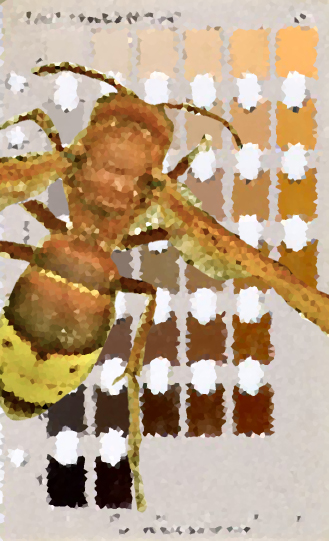
“There’s a huge enormous wasp on his shoulder,” Eric observed, still gun-shy concerning stinging insects. “Should we tell him?”
They all looked at Dario, who pushed the Mediterranean straw hat back and opened his eyes, which were exactly the same pale amber color as the wasp. 5Y 7/8, Wayfarer thought automatically, with fresh expertise. But she was far more interested to hear the color of the young man’s words, when he finally spoke.
Not fully awake, Dario shooed the insect away without any fuss and yawned. “Is it lunchtime?” he inquired, then added colloquially, “I’m fucking ravenous.”
For the first time since arriving on site, Einer Wayfarer laughed out loud. It wasn’t the expletive, which she only noticed for its phonetics, but the accent. Although complex and even mildly exotic, it didn’t exhibit any clear influences or precedent. The professor felt like she’d just been handed a linguistic version of the ambiguous character on the potsherd – it could be anything, from anywhere. However, now she knew where she stood: like an archeologist at the surface of a stratified tel, she would have to do some digging to uncover the origins of the young man’s mongrel vowels.
To be continued…
To read the next installment, Part 10 “Ptitim with Amit”, click here.

